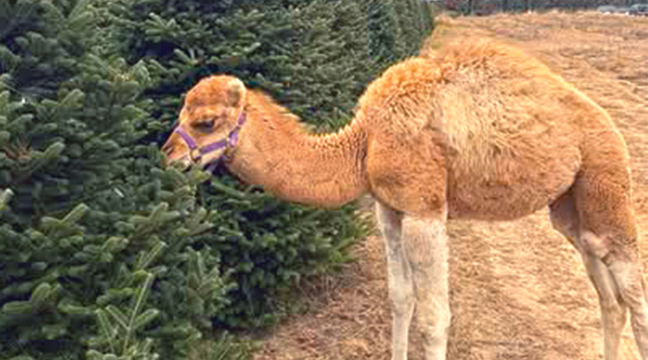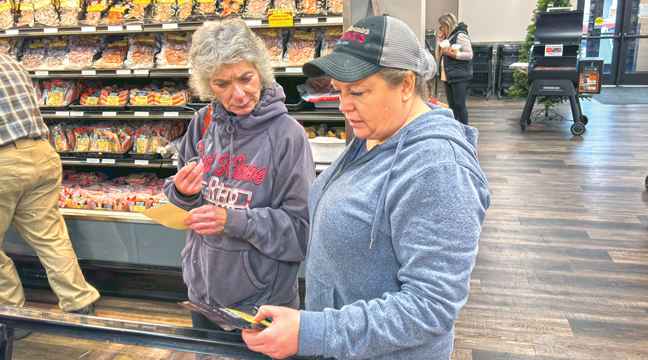The Citizen staff was convened for our weekly meeting last week. It was my suggestion to members of our editorial staff it would be good to get out and do a photo collage of people doing summertime-type things . . .
Like baling hay at an area farm.
Baling hay is very important, we are reminded. Hay is what goes into the cows before the milk and hamburger arrive at Food Pride.
Like manna from heaven, the picture arrived on my desk the following day. Sales Associate Mary Erickson Nehring, a longtime farm girl, provided a picture of a young family member posing with a wagonload of the big round bales.
I yelled, “whoopee. A great farm picture.”
I could almost smell the fresh hay.
Raylan Peterson, just two, was perfect in her pose with the load of hay, harvested at a nearby farm by Uncles Larry and Allen Peterson. Taking the picture was Raylan’s mom, Jeanna.
Sincere thanks for a most-timely picture, Jeanna.
It brings back memories for an Oak Park farm boy.
I was barely five years old when my father Franklin got rid of the old haylift machinery that scratched the loose hay onto a hayrack. Two men with pitchforks would take the incoming hay and spread it evenly across sets of rope slings laid on the rack. When several feet of hay had been spread on top of each of the sling ropes, another set of slings would be laid down.
I’m guessing four to six slings would be used for each hay wagon load.
Then off to the barn it went. Many farmers still used horses to pull the equipment, on the field and up at the barn, where a carriage hoisted it up into the haymow.
But my Dad, Franklin, was heavy into his Minneapolis Moline tractors and they marked the way of the future.
In 1952, hay harvesting changed dramatically. The haylift was sent to a corner of the front 40 and a new New Holland hay baler from Mosford Implement of Foley came onto the scene.
The square bales were the fabric of the business for the next 35-40 years.
And they were up, close and personal for me. When I got to haybale-throwing age - early teens - I was designated a place on the harvesting team. That was on the wagon from which the bales were pushed out of the rear of the baler.
Over the next 10-15 years, I handled 4,000 bales of hay each summer, plus another 1,000 bales of straw from the oats fields.
That wasn’t a lot, compared to larger farms with more cattle. But, it served our Guernsey herd of about 40.
There were things I’d rather have been doing, like running around with friends in Foley or Milaca.
But, the farmwork was a stable thing - I was part of my parents’ (very cheap) laborpool and I became emersed in the culture.
Scratches from sharp hay, an occasional sting from a disrupted bee, aching muscles were all part of it.
But after a day’s harvest - after the cows had been milked and the calves fed - Dad and brother Chuck and I would sit on the front steps to the farmhouse, looking out over the yard.
Smelling the fresh hay.
Thanks for the picture, Jeanna and Jordan Peterson.
(We might note farming took another gigantic step forward - in saving labor - when the large round balers began to be used in the 1970’s and 1980’s. A farmer has been able to harvest the hay into the big round bales, then return to put them on a wagon for transport to a haystack close to his feeding operation.
Haying, was we still call it, is now a one-man show.







